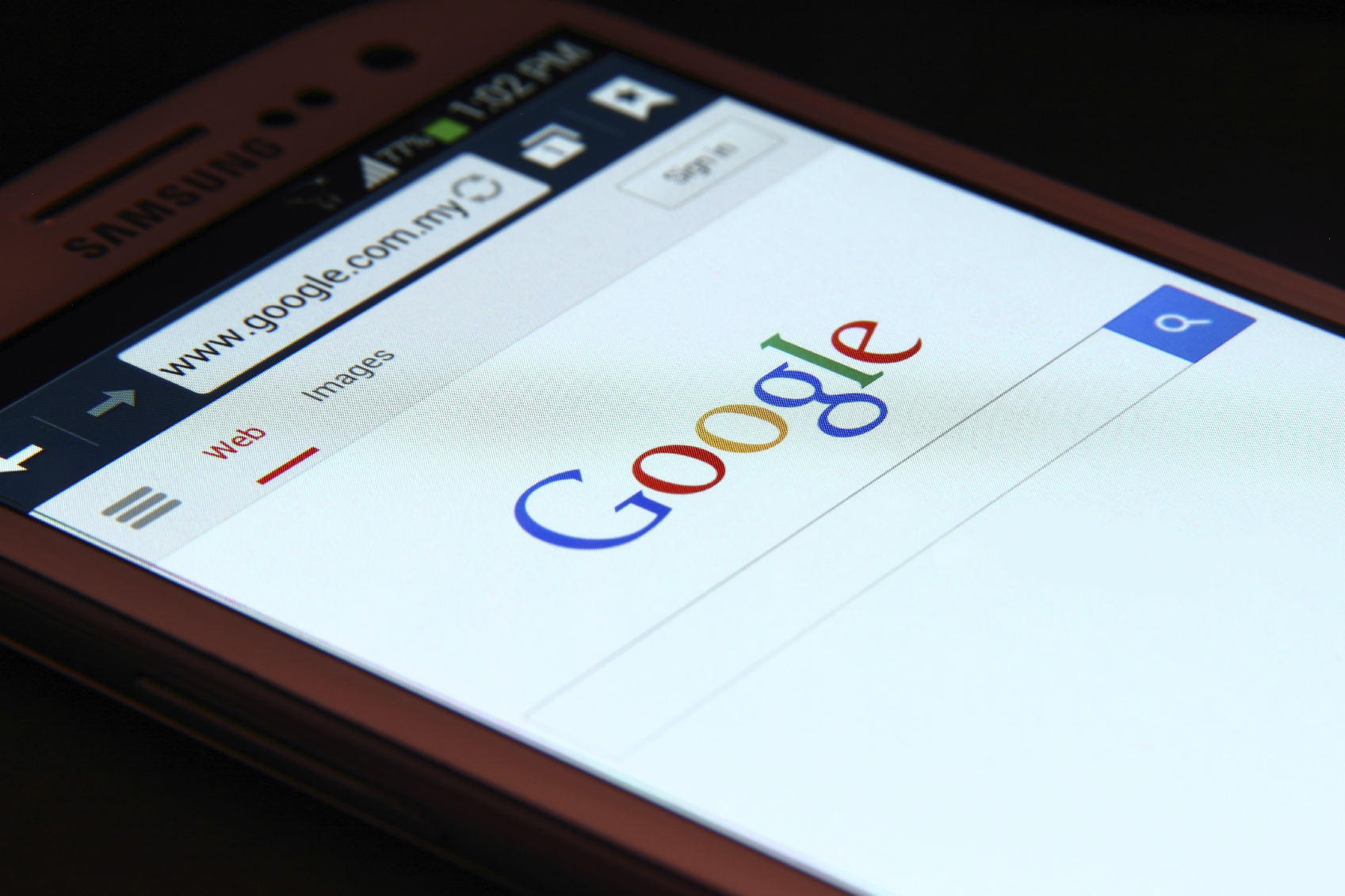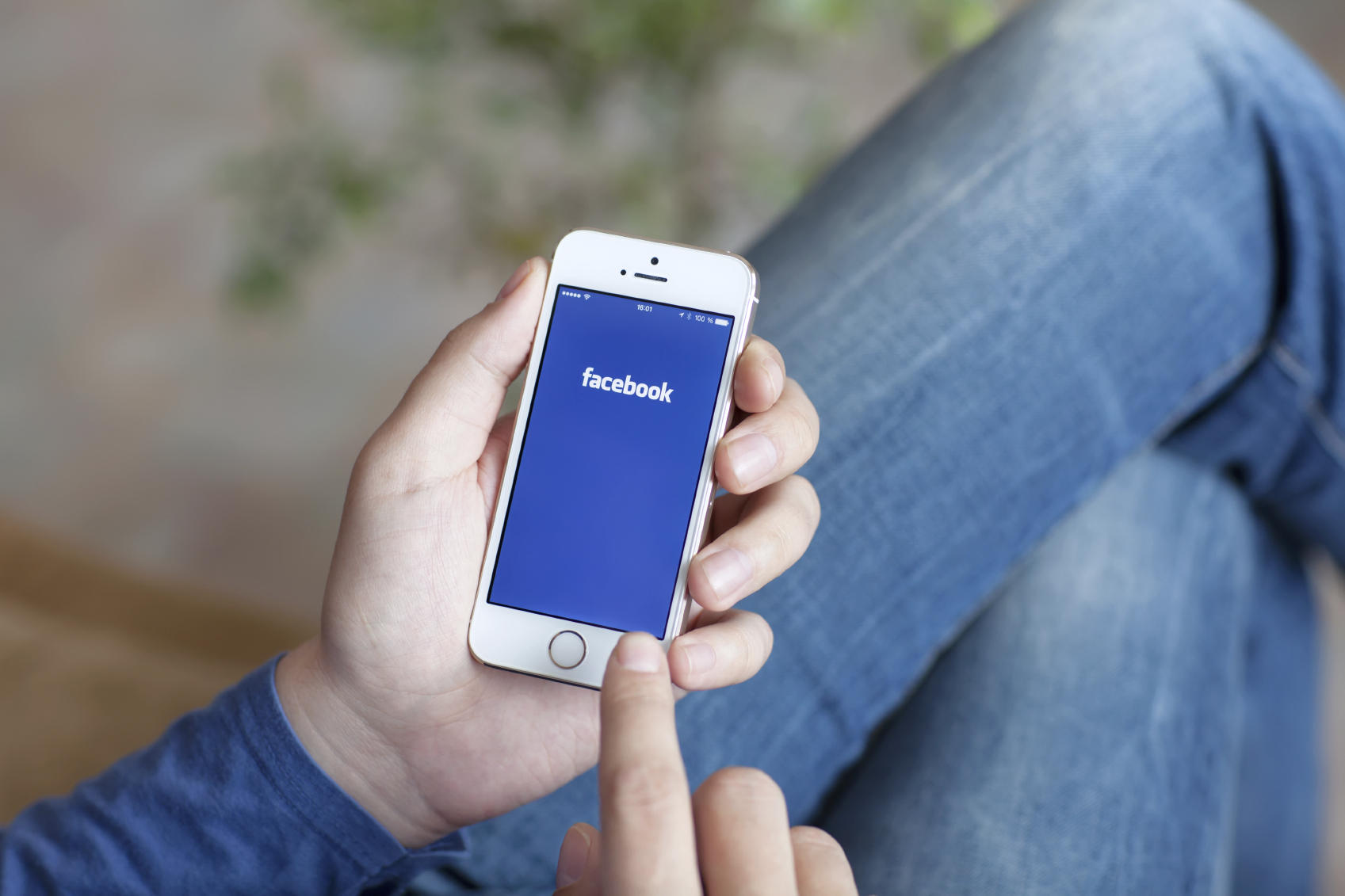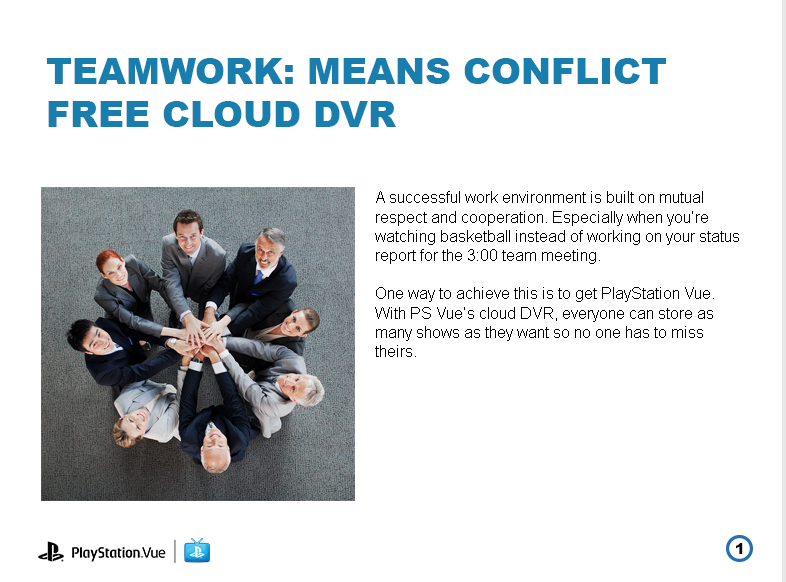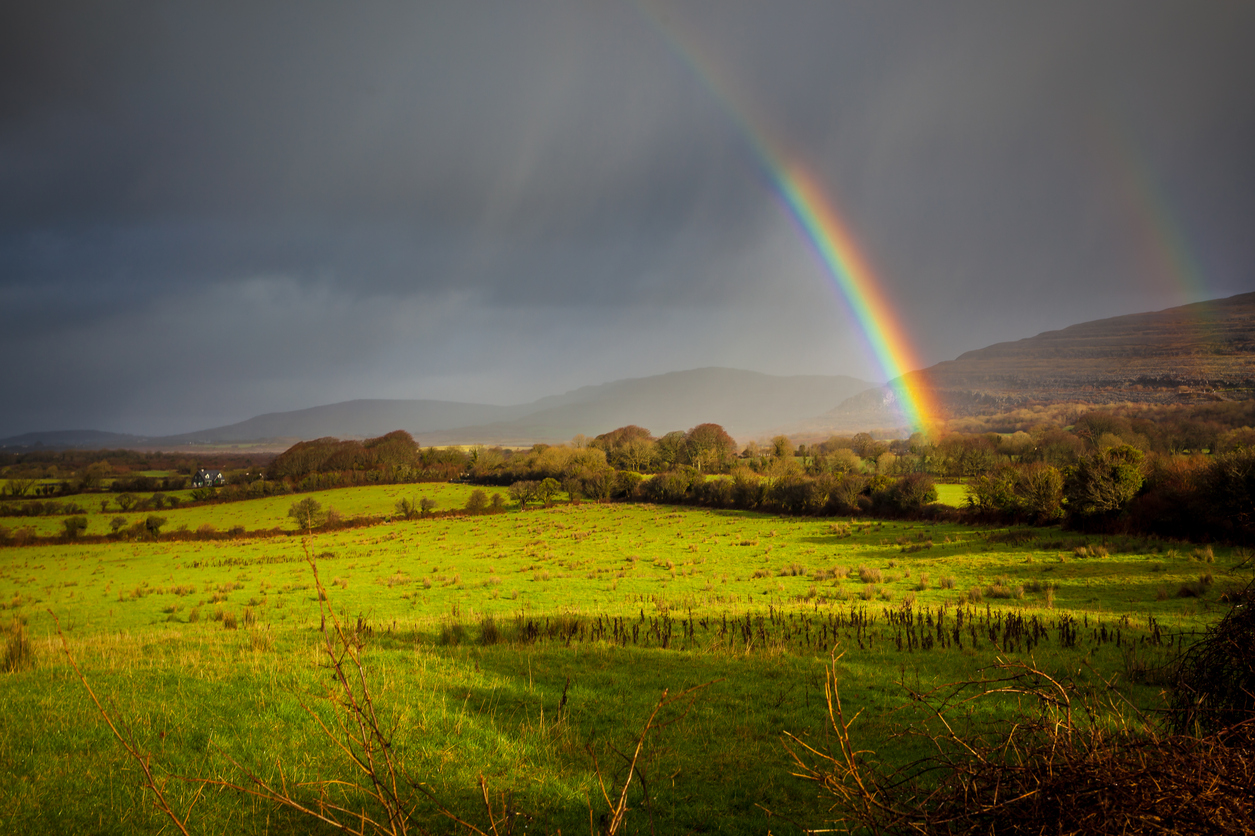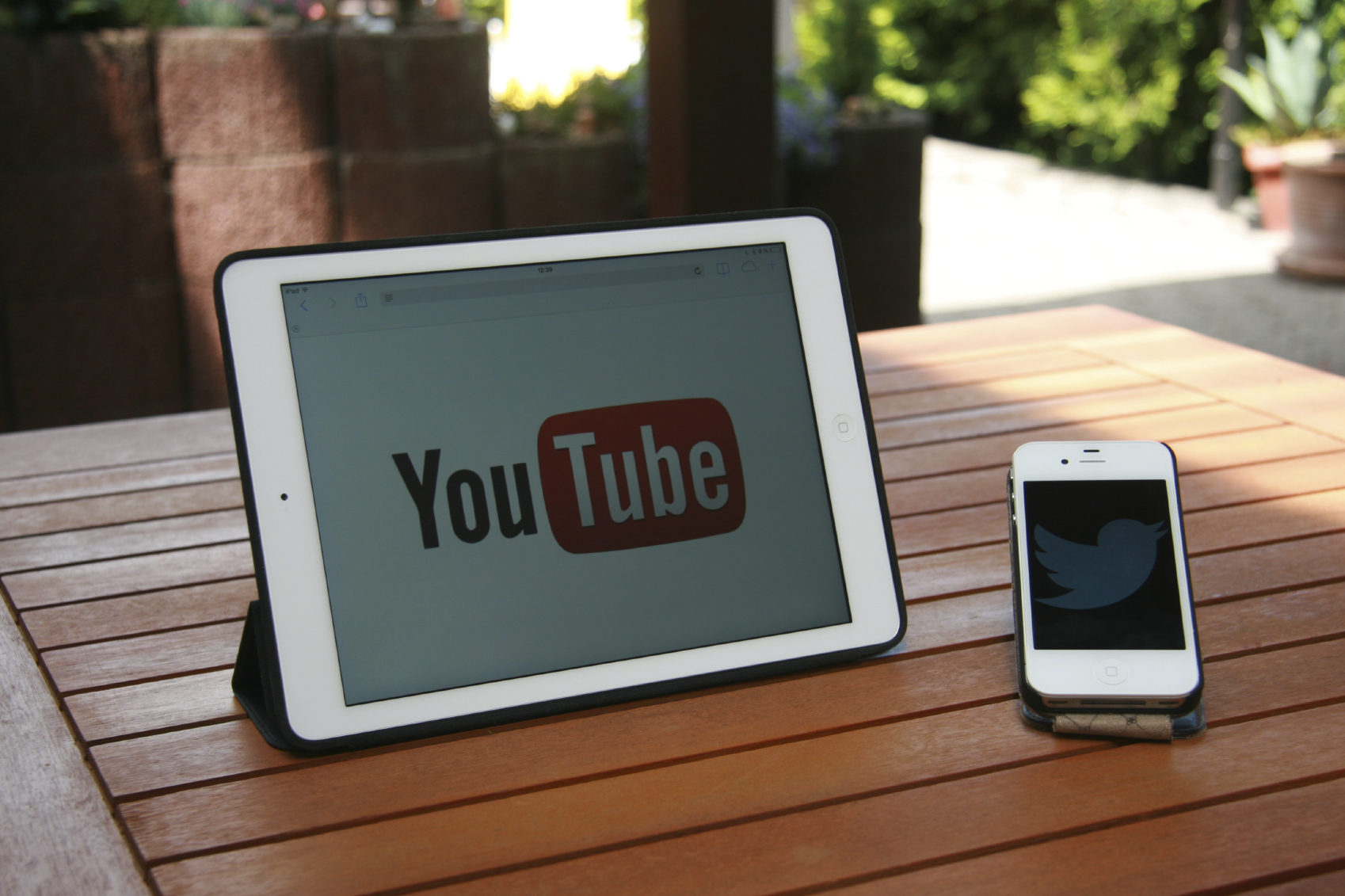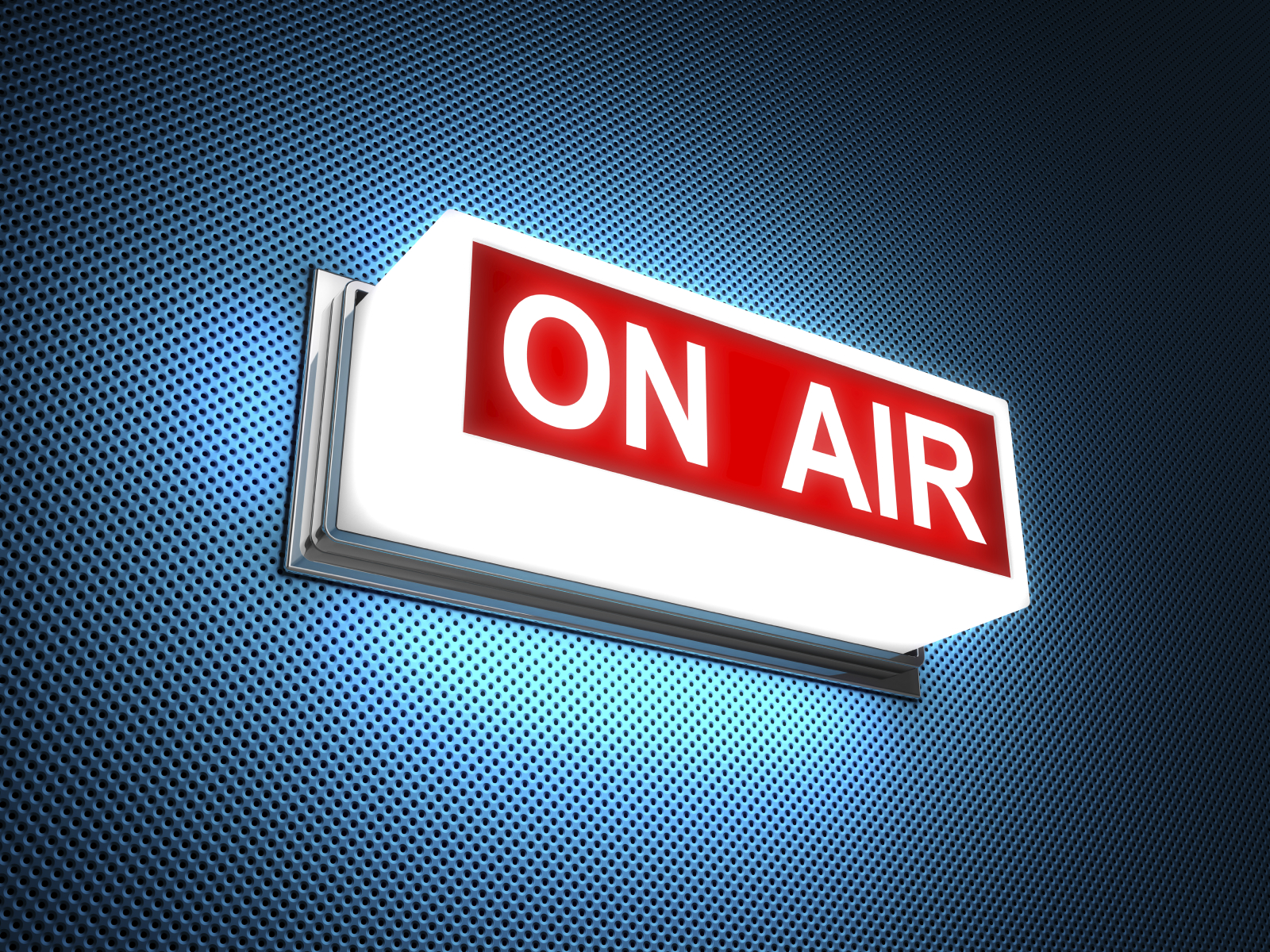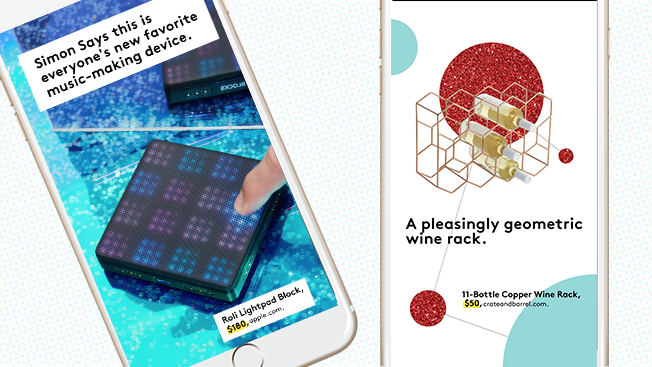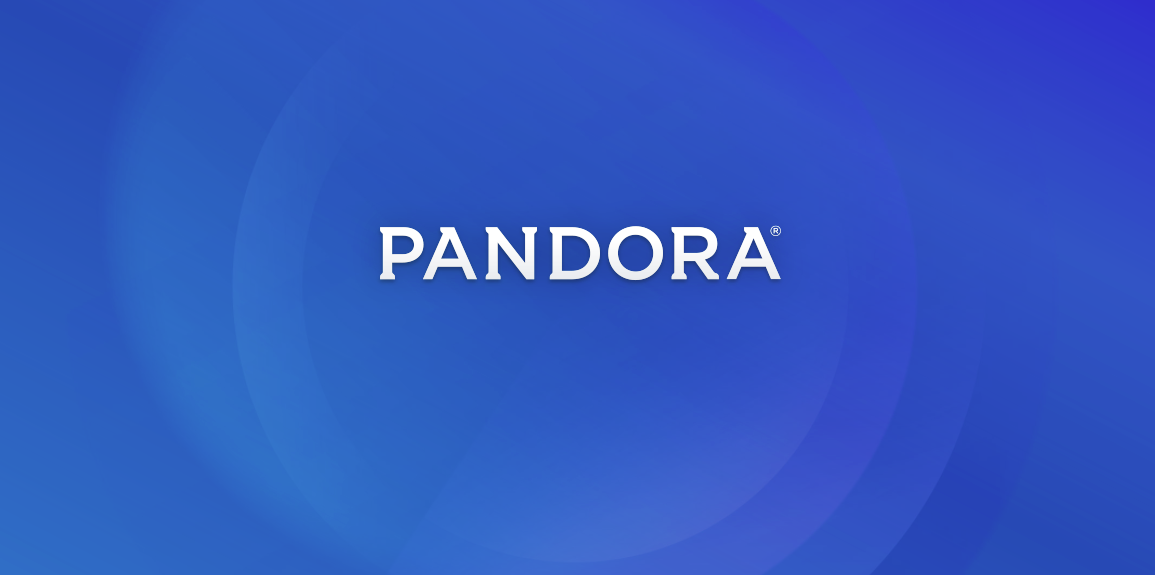What Happened
The Hallmark Channel is looking to cut the volume of ads in half for its original primetime shows starting next year. According to the network, new episodes of its original shows such as “Chesapeake Shores” and “Good Witch” will only include five to seven minutes of commercials instead of the current 15 minutes of ads. The network says that it is reducing the ad load in the hope of better competing with the ad-free viewing experiences provided by OTT services like Netflix and Amazon Prime Video.
The Crown Media-owned channel is not the first cable network that responded to viewer’s growing ad aversion by cutting down ad load. Networks such as the History channel, A+E, and Viceland have all experimented with similar initiatives.
What Brands Need To Do
Back in 2015 when Apple announced its decision to enable ad-blocking extensions in Safari in iOS 9, we advised brands to counter the trend of Ad Avoidance by trying new ad formats, sponsored and branded content, and generally improving their online ad experiences. Two years later, new unblockable ad formats, such as sponsored selfie lenses and VR product placements, have emerged or become widely available for brands to explore.
Source: AdAge

